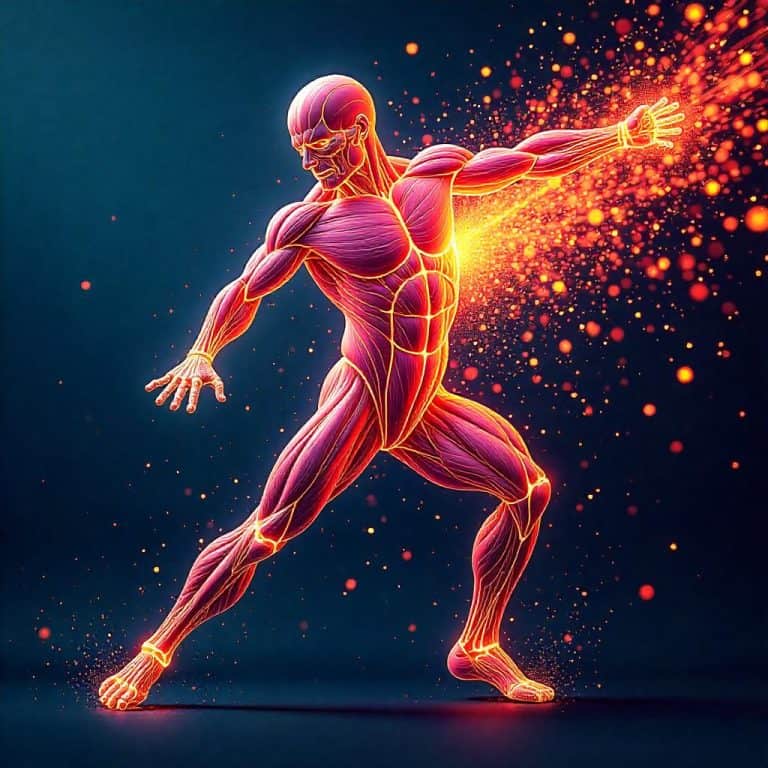Welcome to the Muscle Contraction Quiz! In this quiz, we will explore the fascinating process of how your muscles contract to help you move and perform daily activities. Have you ever wondered how your muscles work together to help you run, jump, or even blink? Well, you’re about to find out!
Muscle contraction is a complex process that involves a series of steps that allow your muscles to generate force and movement. From the release of calcium ions to the sliding of myosin and actin filaments, each step plays a crucial role in making sure your muscles can contract effectively.
So, get ready to dive into the world of muscle physiology and test your knowledge on how your muscles make it possible for you to move and groove!
Play Muscle Contraction Quiz
Instructions
- This quiz is multiple choice.
- Read each question carefully before selecting an answer.
- Choose the best answer for each question.
- You will see the missed questions with correct answers at the end of the quiz.
Quick Facts
- When you decide to move, there are tiny signals sent from your brain to your muscles.
- These signals travel along nerve cells called motor neurons.
- Once the signals reach the muscle fibers, they release a chemical called calcium.
- Calcium helps the proteins in your muscles grab onto each other, causing them to slide past one another.
- This sliding action shortens the muscle fibers, which creates the movement you intended.
- After the movement is completed, the calcium is pumped back out of the muscle fibers, allowing them to relax.
- It takes a lot of energy for your muscles to contract, so they rely on a molecule called ATP to provide that energy.
- ATP is broken down into ADP and phosphate during muscle contraction, releasing energy in the process.
- The muscle contraction process can happen very quickly, allowing you to make all kinds of movements without even thinking about it.
- Regular exercise can help improve the efficiency of the muscle contraction process, making your movements smoother and more coordinated.
Downloads
Study Tips
- Create a study schedule and stick to it.
- Find a quiet and comfortable study environment.
- Remove distractions such as phones and social media.
- Take breaks every 25-30 minutes to avoid burnout.
- Use active studying techniques like summarizing, highlighting, and teaching concepts to someone else.
- Practice retrieval by testing yourself with flashcards or practice quizzes.
- Stay organized with notes, study guides, and resources.
- Stay hydrated and eat brain-boosting foods like fruits, nuts, and whole grains.
- Get enough sleep to improve memory retention and cognitive function.
- Reward yourself for reaching study goals to stay motivated.
